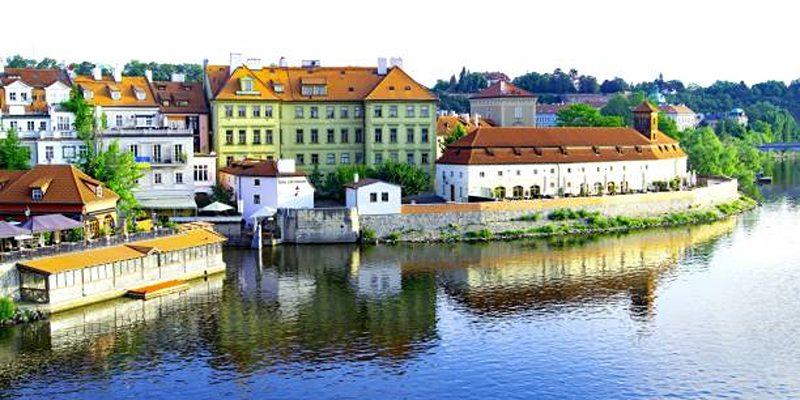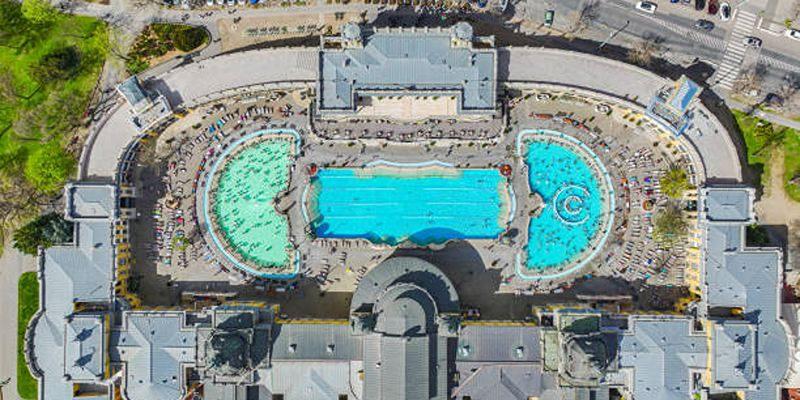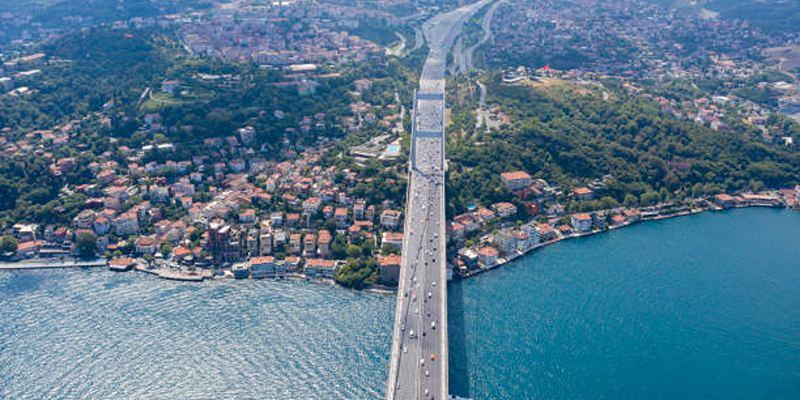Nestled along the scenic Meuse River, Dinant is a charming gem in Belgium, brimming with history, culture, and breathtaking landscapes. Known for its dramatic cliffs, iconic Collegiate Church, and ties to Adolphe Sax, the inventor of the saxophone, this quaint town offers a perfect blend of natural beauty and rich heritage for travelers to explore.
1. Getting to Dinant: Your Journey Starts with the Scenic Route
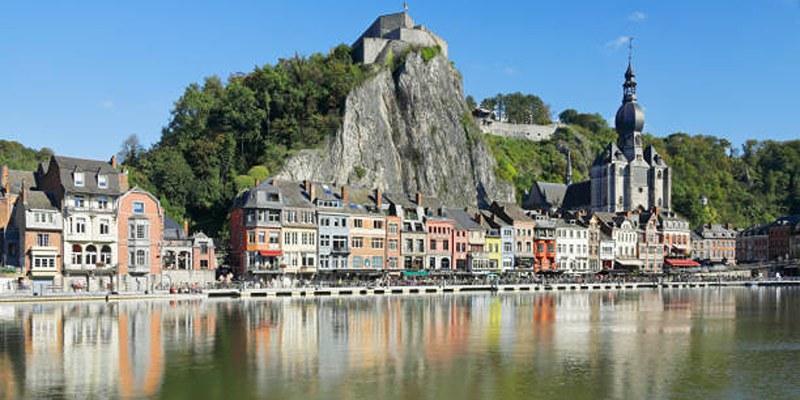
Dinant lies approximately 100 kilometers (around 62 miles) southeast of Brussels and is accessible by both train and car. Traveling by train from Brussels via Namur offers a visually delightful ride through lush countryside, scenic farmlands, and small historic towns. Upon arriving at Dinant’s station, visitors will find themselves within walking distance of nearly all the town's key landmarks.
If you prefer driving, the road trip is equally rewarding. Winding roads bordered by forests and the Meuse River present photo-worthy views long before you even arrive in Dinant. Ample parking is available near the city center for those arriving by car.
2. Citadel of Dinant:
No visit to Dinant is complete without exploring the imposing Citadel of Dinant, which stands watch from atop a cliff over 100 meters high. This medieval fortress was originally built in the 11th century and later rebuilt in the 16th century. Today, it offers not only insight into the region's rich military history but also panoramic views that are nothing short of extraordinary.
Visitors can reach the citadel either by climbing 408 well-preserved stone steps or taking a modern cable car that connects the riverside to the hilltop. Inside the fortress, you’ll find exhibits detailing local conflicts, artillery displays, re-creations of wartime living quarters, and even a trench warfare simulation that provides an immersive look at historical defense strategies.
3. Collegiate Church of Notre Dame de Dinant:
Situated at the foot of the cliffs and partially overshadowed by the citadel, the Collegiate Church of Notre Dame de Dinant is a prime example of Gothic architecture. Originally built in the 13th century after a flood destroyed its predecessor, the church is distinguished by its onion-shaped bell tower and ornately carved façade.
Inside, visitors will find stunning stained-glass windows, elaborate ribbed vaulting, and sacred relics from centuries past. The peaceful ambiance, coupled with the soft light that streams through its towering windows, makes this church a spiritually and visually enriching stop for architecture lovers and history enthusiasts.
4. Charles de Gaulle Bridge:
Spanning the River Meuse is the Charles de Gaulle Bridge, a functional yet artistic structure dedicated to the famed French general who was injured in Dinant during a historic battle. The bridge is notable for its colorful lineup of giant saxophone sculptures, each representing a different country in the European Union.
These saxophones aren’t just random public art—they honor Adolphe Sax, the inventor of the saxophone and one of Dinant’s most iconic historical figures. This visual tribute adds vibrancy to the town while symbolizing its enduring connection to music and creativity.
5. Maison de Monsieur Sax: The Birthplace of Musical Innovation
Just a short walk from the church and bridge lies Maison de Monsieur Sax, a small but thoughtfully curated museum celebrating the life and legacy of Adolphe Sax. Born in Dinant in 1814, Sax revolutionized the music world with his invention of the saxophone.
The museum offers interactive displays, musical artifacts, and biographical exhibits about Sax’s contributions to the world of sound. Outside the building, you’ll find a life-sized statue of Sax seated on a bench with a saxophone in hand, inviting passersby to pause and appreciate his legacy.
6. River Meuse Adventures: Cruises and Kayaking
Dinant is built around the River Meuse, and exploring the town from the water is an experience not to be missed. Several boat operators offer guided river cruises, typically ranging from 45 minutes to 90 minutes. These allow passengers to admire the dramatic cliffs, architectural beauty, and green landscapes from a unique perspective.
For those seeking more action, kayak rentals are available and offer a self-paced adventure through the serene waters of the Meuse. The river's gentle current makes kayaking suitable even for beginners, and it’s a peaceful way to explore nearby villages and riverbanks rich in flora and fauna.
7. La Merveilleuse Cave:
A short distance from the town center is La Merveilleuse Cave, a natural attraction that offers a completely different experience of Dinant. Discovered in 1904, this cave is renowned for its spectacular stalactites, stalagmites, and underground waterfalls. Guided tours are available and generally last about 40–50 minutes.
The cave maintains a cool temperature year-round, making it a refreshing stop during warmer seasons. The pathways are well-lit and maintained, making the cave accessible for most visitors, including families with children.
8. Rocher Bayard:
To the south of Dinant, you'll find Rocher Bayard, a towering rock formation split into two by a narrow road. According to local folklore, the rock was split by the hoof of Bayard, a legendary magical horse ridden by four brothers fleeing from an army. While the legend is fantastical, the sight is very real and awe-inspiring.
This massive vertical rock is best seen either from a river cruise or by driving through the narrow pass that divides it. It remains one of the most iconic and symbolic natural landmarks in the region.
9. Couque de Dinant: A Biscuit Like No Other
If you’re seeking a unique souvenir or simply want to try a local delicacy, don’t leave Dinant without sampling a Couque de Dinant. This traditional honey and flour biscuit is famed for its extreme hardness and elaborately molded designs that often depict local scenes, flora, or animals.
While it may not be the most chewable treat, it’s a piece of edible art often displayed more than eaten. Artisans across the town craft and sell these biscuits in beautifully decorated boxes, making them perfect take-home mementos.
10. Excursions Beyond Dinant:
Dinant is ideally positioned as a base for exploring nearby castles, valleys, and hiking trails. Among the most popular is Château de Freÿr, a magnificent Renaissance castle set against the backdrop of dramatic cliffs and formal gardens inspired by Versailles. The castle is located just a short drive or bike ride from Dinant along the River Meuse.
Adventurers will also appreciate the Valley of the Lesse, offering well-marked trails for hiking and biking through untouched forests and past natural limestone formations. For a family-friendly day trip, the Han-sur-Lesse wildlife park and cave system are easily reachable and provide educational fun in a preserved natural environment.
11. Best Time to Visit Dinant:
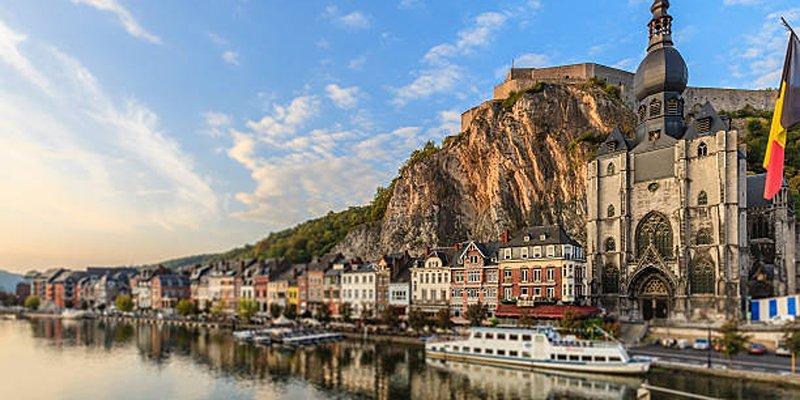
Dinant offers something for travelers in every season. From late spring through early autumn (May to September), the town comes alive with open-air concerts, scenic cruises, and vibrant street life. This is also when nature trails and gardens are in full bloom.
For those who prefer quieter travel, early spring and late autumn offer mild temperatures and fewer visitors, allowing for a more tranquil experience. While winter is less lively, the town remains enchanting with its river reflections, historic buildings, and festive decor.
Conclusion:
Dinant is more than just a postcard-perfect town—it’s a deeply cultural, musically significant, and historically rich destination that offers serenity and wonder at every turn. From its fortress-topped cliffs and riverside promenades to its musical legacy and natural caves, every element of Dinant weaves together to form a complete and memorable travel experience.

